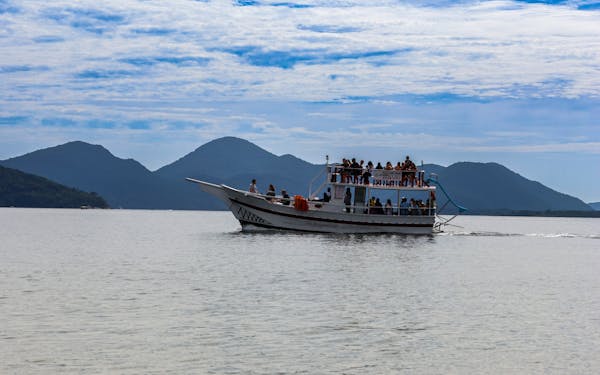Kenya is one of Africa’s most captivating travel destinations. Known for its incredible wildlife, diverse landscapes, and vibrant culture, the country offers something magical for every type of traveler. Whether you want to witness the Great Migration, enjoy a beach holiday, or explore local traditions, knowing the best time to visit Kenya can make a big difference in your experience.
Understanding Kenya’s Climate
Kenya has a diverse geography, from coastal beaches and savannahs to mountainous regions and lakes. As a result, its climate varies based on location and altitude. However, it generally experiences two main seasons:
- Dry Season: June to October, and January to February
- Rainy Season: March to May (long rains) and November to December (short rains)
Understanding this seasonal pattern will help you choose the ideal time for your trip depending on what you want to see or do.
Best Time for Wildlife Safaris
The dry season (June to October) is widely considered the best time to visit Kenya for safaris. During this time:
- Wildlife gathers around water sources, making animals easier to spot.
- The vegetation is thinner, offering clearer views on game drives.
- Roads in national parks are more accessible.
One of the highlights of visiting during the dry season is the Great Migration, when millions of wildebeest, zebras, and gazelles move between Tanzania’s Serengeti and Kenya’s Masai Mara. This dramatic event usually occurs from July to October and offers unforgettable sightings of river crossings and predator-prey interactions.
Best Time for Beach Holidays
If you’re heading to Kenya’s coastal areas like Diani Beach, Watamu, or Lamu, the best time to go is during the dry seasons:
- January to March: Hot and sunny—perfect for swimming, snorkeling, and diving.
- July to October: Cooler but still pleasant; great for avoiding crowds.
Avoid the long rains (March to May) as they may cause flooding and disrupt your beach plans.
Best Time for Mount Kenya Trekking
For adventure seekers planning to hike Mount Kenya, the dry months of January to March and July to October are ideal. These periods offer:
- Clear skies and better visibility
- Fewer slippery trails
- Higher chances of summiting safely
Climbing during the rainy seasons is more challenging due to muddy paths and limited views.
Best Time for Cultural Festivals
Kenya is rich in cultural heritage, and attending local festivals can deepen your travel experience. Some notable events include:
- Lamu Cultural Festival (November): Celebrates Swahili culture with music, dhow races, and traditional cuisine.
- Maralal Camel Derby (August): A unique event featuring camel races in northern Kenya.
- Mombasa Carnival (November): A vibrant celebration with street parades and cultural performances.
If cultural immersion is a priority, visiting during these events can be incredibly rewarding.
Month-by-Month Breakdown
| Month | Travel Conditions |
|---|---|
| January | Warm and dry; great for beach and safari |
| February | Similar to January; clear skies, ideal safari |
| March | Start of long rains; not ideal for travel |
| April | Wet and muddy; avoid safaris and trekking |
| May | Peak of long rains; fewer tourists |
| June | Dry season begins; good time for safaris |
| July | Best for Great Migration and cool weather |
| August | Excellent for wildlife and camel derby |
| September | End of migration; sunny and dry |
| October | Still dry; great for safaris and hiking |
| November | Short rains begin; cultural festivals |
| December | Rainy start, sunny end; good for holidays |
Budget Travel Considerations
- Low Season (March–May): Cheapest time to visit, but expect rain and muddy roads.
- Shoulder Season (November): Better deals on accommodation and fewer crowds.
- High Season (July–October & December): Prices are higher due to peak travel demand, but experiences are at their best.
Traveling during the shoulder seasons can be a smart compromise between cost and comfort.
Tips for Visiting Kenya
- Book Safaris Early: Especially for July–October; lodges get full fast.
- Get Vaccinations: Yellow fever and malaria precautions are often recommended.
- Carry Light Layers: Mornings and evenings can be cool, especially in highland areas.
- Respect Local Customs: Dress modestly in rural and religious areas.
- Use a Local Guide: They enhance your safari and cultural experiences.
Conclusion
The best time to visit Kenya depends on your travel goals. If you dream of witnessing the Great Migration, aim for July to October. For sunny beach holidays or mountain treks, January to March is perfect. And if cultural events excite you, plan your trip around November’s festivals. Regardless of when you visit, Kenya’s beauty, wildlife, and warm hospitality will leave you inspired and enriched.



